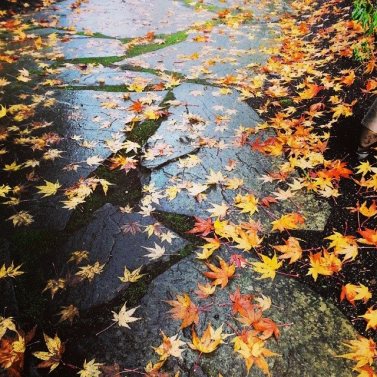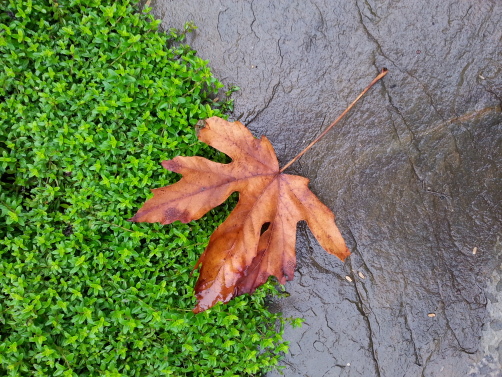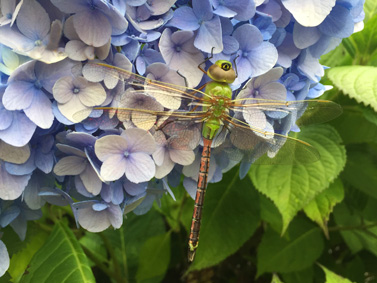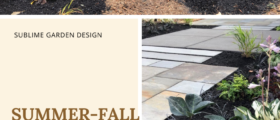What to do with all those leaves?
Treasuring Fall’s Secret Riches
It happens each and every year. The temperatures outside give us a break from summer, dip down pleasantly, and our trees and shrubs treat us to an amazing array of vibrant autumn colors. There’s nothing quite like enjoying that first fire in the fireplace while gazing out the windows at the show that nature puts on, with breathtaking shades of yellow, gold, orange, and red.
But almost as fast as they arrived, those leaves start to drop to the ground; blocking up storm water drains, collecting along the streets, and blanketing the garden and the lawn. Annoyed homeowners scramble with the arduous task of raking and bagging the leaves, so that their lawns are left once again pristine. It is one thing to leave your lawn neat and tidy but many gardeners, including myself, consider it sacrilege to bag up and throw away those leaves.
So just what should you do with all of those leaves? Fallen leaves do more than just clutter up your garden and your lawn- they are a free source of nutrients for your soil! With this in mind, it is a great shame to simply dispose of nature’s gift of nutrient rich mulch. Those falling leaves are a great source of nutrients and minerals for your plants as well as a dense barrier that blocks out light and air to prevent weeds from taking over.
As fall leaves decompose they release nutrients that are taken up by microorganisms in the soil. This helps to give your soil a fertility boost, improve the overall structure of the soil, and also help it to retain moisture without becoming overly waterlogged. As a natural source of fibrous organic matter, these decomposing gems can help to aerate even heavy clay soils.
One of the favorite uses of fallen leaves by the avid gardener is to add them to a compost bin. To assure that they break down well you should also add a source of nitrogen like grass clippings, kitchen scraps (fruit and veggies), or organic manure. Nitrogen will ensure that your compost materials start to build up the heat that will begin the process of breaking it all down. Shredding your leaves will also make the composting process a lot more efficient for the army of bacteria and microbes working away inside of your compost bin.
While opting to allow leaves to pile up naturally in your garden beds is perfectly acceptable, it is inadvisable to allow large layers of decaying leaves to accumulate on your lawn; this runs the risk of doing damage to your grass.
To remove leaves you can mulch them directly into your lawn by mowing over them. This will serve the dual purpose of shredding the leaves into pieces that are easier to break down, and will also better distribute them around your lawn. When done routinely, mulching leaves into your lawn has little to no detrimental impact on the grass, and can help to boost the quality of your soil. Take care to avoid a thick layer of leaves, as this can potentially boost the risk of fungal diseases or simply prevent the grass from getting enough sunlight.
A leaf shredder is a great tool for the avid gardener (hint, hint Santa…). It will allow you to break those leaves down into manageable sizes. The shredded leaves act as an insulating mulch on your flower beds and more delicate plants. When spring rolls around simply turn the soil to incorporate the leaves, so that they can further break down and provide your soil with those nutrients.
Before you grab a bag and start stuffing it with those leaves raining down upon your garden, consider grabbing the rake instead! It’s a sometimes tedious task, but you are sure to thoroughly enjoy all of the benefits that will come from taking full advantage of those crackly leaves littering your lawn.
Organized under Garden Maintenance, Garden Tips & Advice, Low Maintenance Gardens. Labeled as Aerobic compost, Compost, Composting, Gardening tips, low maintenance, sustainability.





